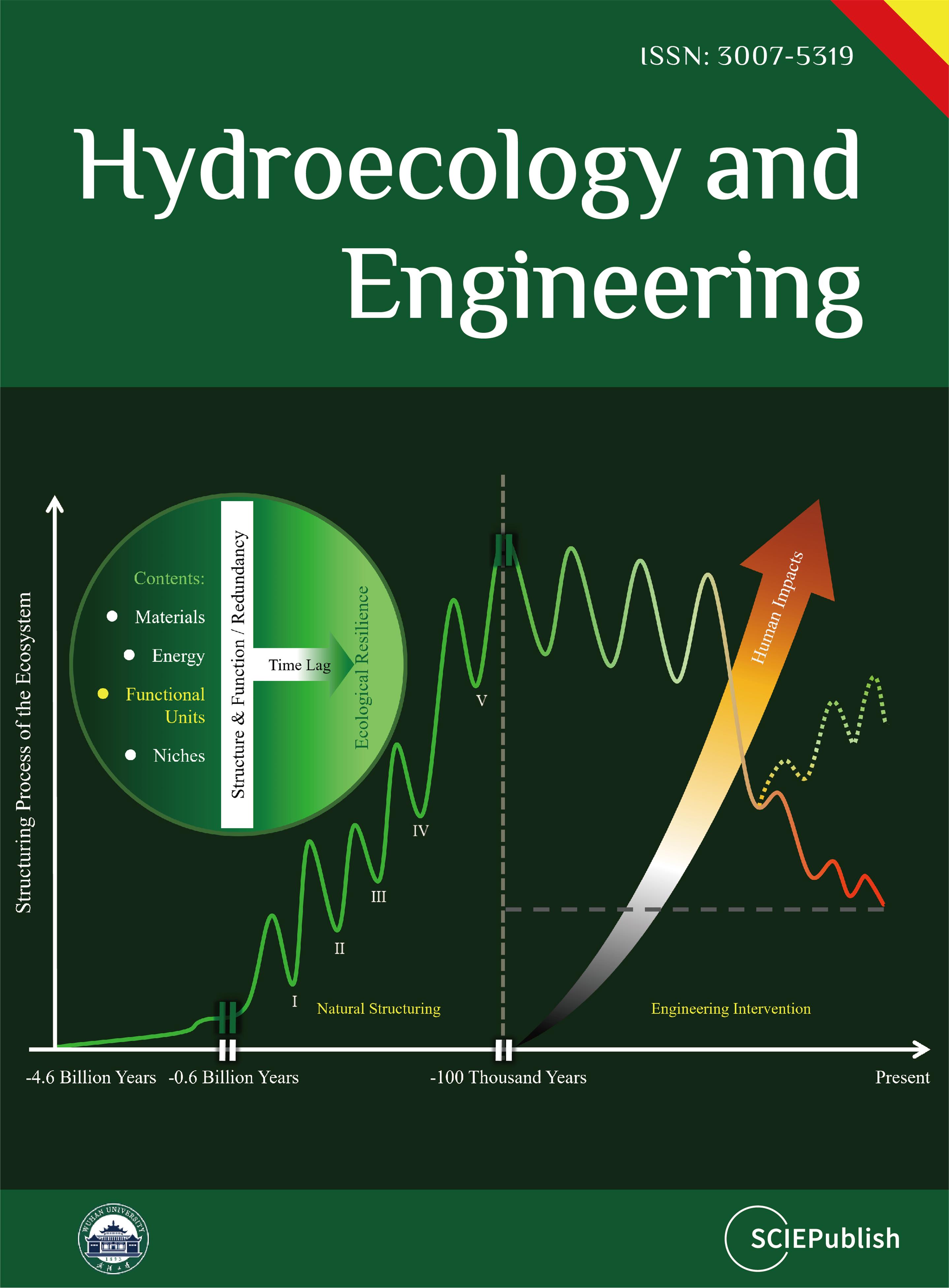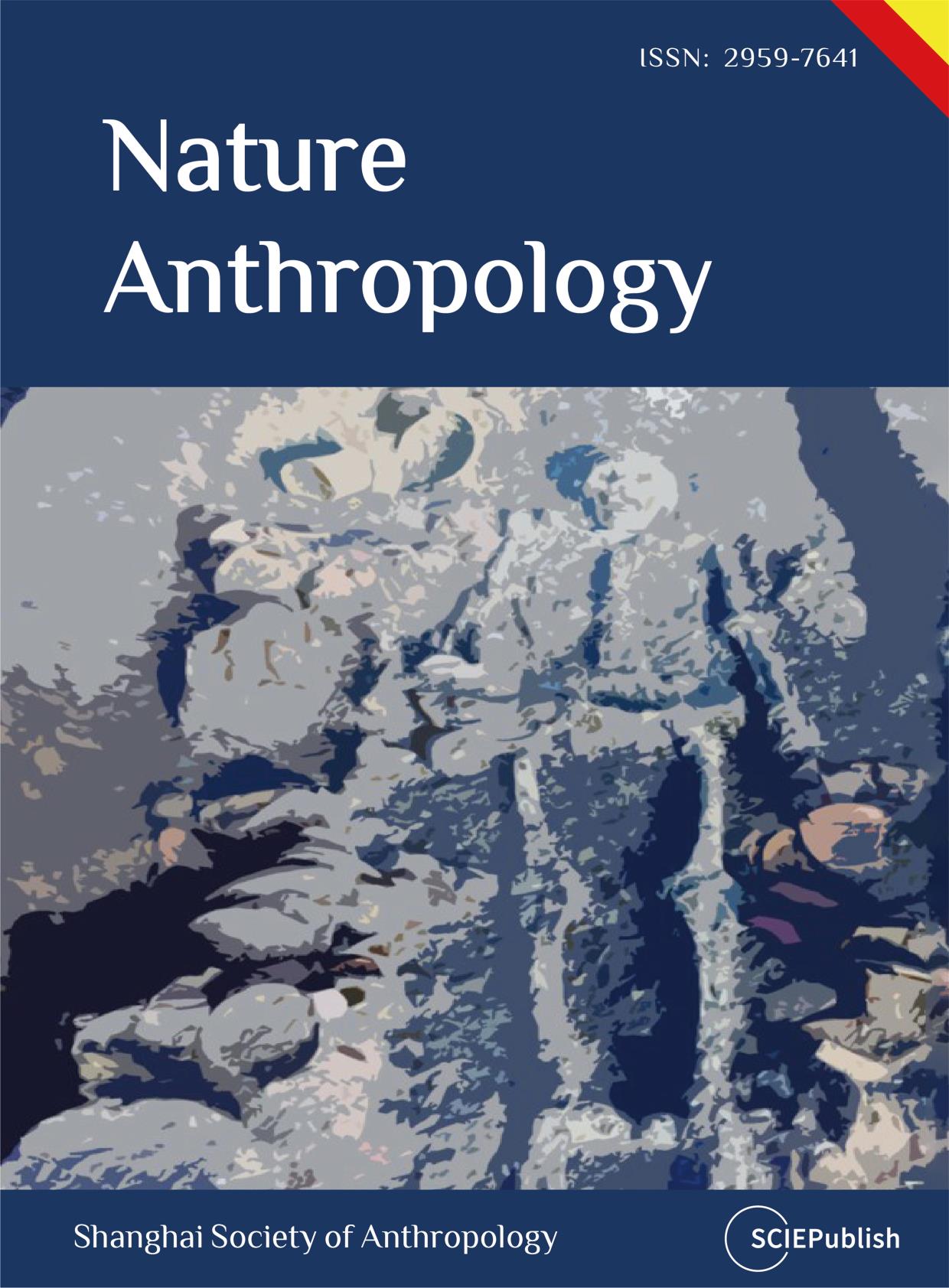Found 297 results
Article
14 May 2024Measurement and Structure of Common Prosperity of Urban Residents the Case of Hangzhou, China
Common prosperity is an important feature of the social state that the people of the world aspire to, and an important feature of the Chinese path to modernization. Taking common prosperity as the result of income and assets does not facilitate a full understanding of people’s common prosperity, because common prosperity also includes people’s pursuit of subjective happiness such as happiness and satisfaction. From the perspective of the need for a better life in China, this study constructs a subjective evaluation system of the common prosperity of urban residents, including 5 dimensions and 25 specific indicators. It uses survey data from 460 participants and applies the graded response models to estimate parameters and predict latent variables. We find that 21 indicators are in line with the reasonable range of basic assumptions and parameters. They have a strong ability to distinguish the common prosperity of residents in different regions, but have different functional characteristics. The confirmatory factor analysis shows that the common prosperity index of residents includes four potential factors: income, education, medical care, and old-age care, and ecology, which has a good structural effect. In terms of weight, education, medical care and old-age care are the most important factors influencing common prosperity. Among them, the classification policy of high school entrance examination, the quality and fairness of primary and secondary education, the degree of medical insurance security, and the waste sorting and community security are important aspects of evaluating the Common prosperity of residents.
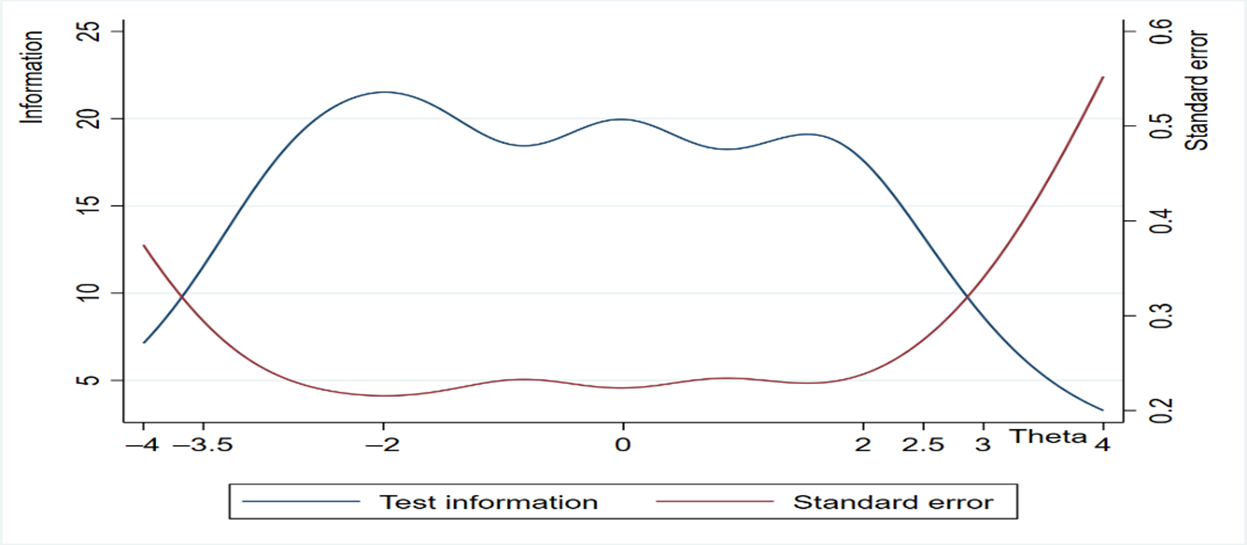
Article
06 May 2024Assessing Energy Emissions and Environmental Impact of Wool Processing: A Case Study of an Indian Textile Mill
The objective of this study is to investigate and analyze the effect of varying sources of energy inputs and their impact on carbon emissions during wool fiber processing. The method involved industrial visits to the textile wool processing mill and interaction with the manufacturing as well as commercial sourcing teams to gather relevant data. The results and outcome of this analysis indicate that wool wet processing is responsible for a significant carbon emission of about 0.031 tCO2e/unit of production. Coal as a source of energy has the highest carbon emission 0.066 tCO2e/product, while the use of biomass and Pressurized Natural Gas (PNG) had significantly lower CO2 emissions. Further, this study evaluated the scope 1 and scope 2 category emissions produced at the wool processing stage which accounted for 56303.2 tCO2e and 1817.10 tCO2e respectively.

Commentary
25 April 2024Monitoring Complexity in Clean Energy Systems Applications
Clean energy applications often involve systems with technological process monitoring. This supervision aims to optimize operation, in particular efficiency, performance and compatibility with dedicated criteria. Most of these energy systems involve complex procedures. A complex procedure is an arrangement of compound processes interacting in interdependent behaviors. The supervision of these complex procedures focuses on the interaction of compound processes, their digital coupling and the handling of uncertainties in their detection and digital tools. Real-virtual pairs, such as digital twins, could carry out such surveillance. This commentary aims to analyze and illustrate such supervision in clean electromagnetic energy systems based on a review of the literature. The notion of complexity and the interactions of the compound processes involved are first addressed and detailed. The modeling of these interactions is presented through the mathematical coupling of the electromagnetic equations with other equations of the phenomena involved. These phenomena are linked to the functional or environmental behaviors of the systems. Compound process monitoring in complex procedures is then analyzed taking into account threats, unsolicited external events and uncertainties related to the sensing and digital tools involved. This contribution illustrated several points relating to, the relationship between the complexities of a real energy procedure and its coupled virtual model, the dependence of the model reduction strategy on each specific application and the reduction of uncertainties through the matching of real-virtual pairs. The different analyses are supported by literature references permitting more information when necessary.

Article
22 April 2024Paleo-Asian Cultural Phenomena of Ancient Beringia: Population Convergence and Solution of Ethnic Self-Identification
Authors offer for a discussion the materials from studies of archaic culture elements that include body modifications in ethnic groups in the context of population genetic data from native peoples of the Far North. The authors consider materials from the territory of ancient Beringia which include a part of Chukotka and Kamchatka in Russia, Alaska in the USA and several island groups in between. The working hypothesis of the study involves the identification of common and specific features of body modifications in ethnic groups having similar population genesis. This allows to clarify the specifics of the regional contacts. Body modifications (tattoos, piercings, etc.) are considered as a way of a person’s self-identification and a form of his group membership (in this case—ethnic group). The study used ethnographic, archaeological, paleo-history, folklore materials and up-to-date data that include genetic research of contemporary ethnic groups inhabiting the territory of ancient Beringia and maintaining their traditional way of life. The methodology base of the research is based on formalized approach and cross-cultural analysis evidence of the similarity/difference of the population in combination with the method of comparative analysis of DNA data and information about their genetic structure.
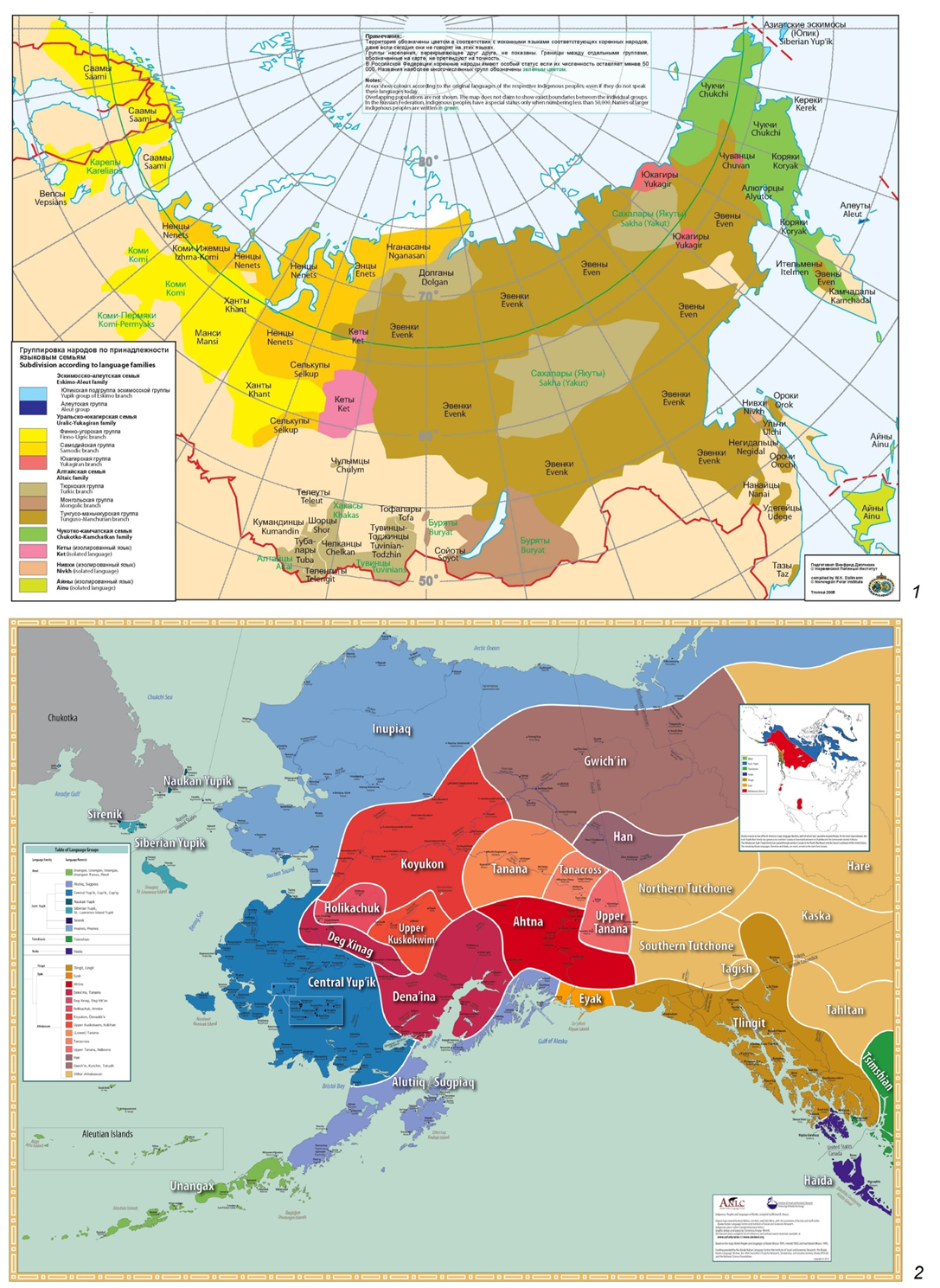
Article
22 April 2024
Construction of a Comprehensive International Legal
Protection Mechanism for Climate Refugees
Climate refugee has become an unavoidable major right crisis challenge for the international community. However, the corresponding development of positive international law is obviously imperfect. The basic rights of climate refugees cannot be fully guaranteed by international law. They are always facing problems such as unclear legal status lack of protection of basic rights, and imperfect relief mechanism. Those vulnerable groups who lack resources and migration abilities suffer more serious rights violations because they are forced to stay in place. Compared with the risk-management framework and right-protection framework, the comprehensive international legal protection mechanism is the inevitable choice for climate refugees’ rights relief in the post-2012 period. The rights of climate refugees set out in the preamble of the Paris Agreement in 2015, the New York Declaration on Refugees and Migrants in 2016, the Global Refugee Compact in 2018, and the Global Compact for Security, Order and Regular Migration formally incorporated the issues of refugees and migrants caused by climate change, laying the foundation for this choice. However, it is a long and difficult way to build a perfect comprehensive international response to climate change. It is not only necessary to realize the integration of human rights law and climate law at the conceptual level, but also to integrate the different perspectives of the two laws and build a set of scientific and reasonable cooperation mechanism.
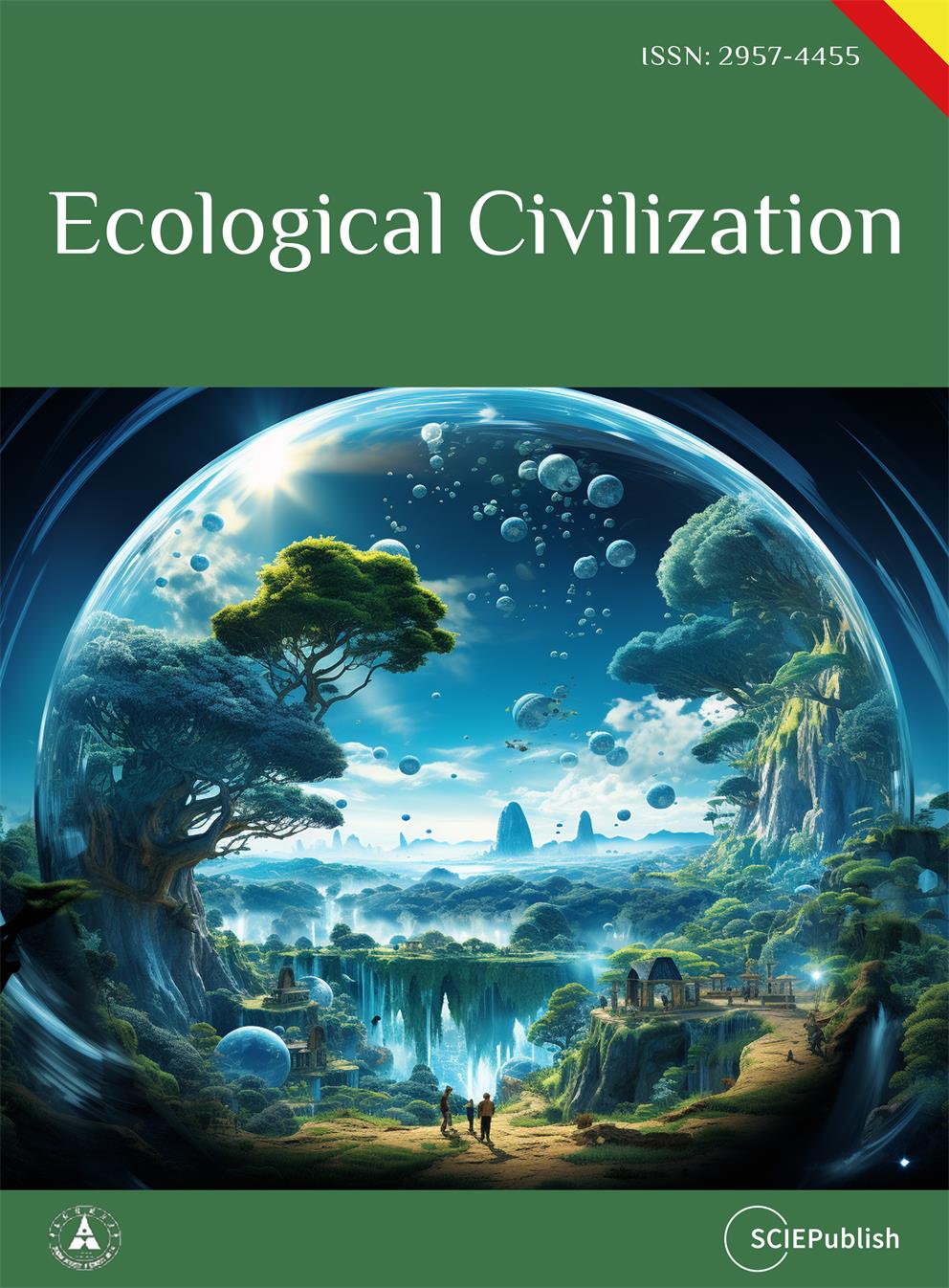
Article
19 April 2024Can Digital Village Construction Reduce Rural Income Disparity?—Empirical Analysis Based on Inter-provincial Panel Data in China
Cutting the income disparity within rural areas is one of the key priorities in seeking common prosperity in China. Based on the panel data of 20 provinces in China from 2011 to 2020, we empirically analyze the impact of digital village construction on rural income disparity by building a digital village construction level indicator system which represents three dimensions of digitalization in rural areas, i.e., digitalization of rural infrastructure, digitalization of agricultural development and digitalization of rural residents’ life. Overall, the level of digital village construction in rural China has shown a development trend of gradual improvement, while the development level in various regions is unbalanced and varies greatly. The results of the fixed-effect model show that, digital village construction can significantly reduce the income disparity in rural areas, whereas the effect is significant in eastern China, insignificant in central and western China. It is recommended to increase the investment in funds and talents and take full consideration and advantage of local conditions, while promoting the development of new rural digital economy, so to achieve the development goal of common prosperity of rural residents.

Article
18 April 2024Biodegradable Composite Materials Based on Cassava Starch and Reinforced with Topinambur (Helianthus tuberosus) Aerial Part Fiber
The cultivation of topinambur (Helianthus tuberosus) has aroused the interest of producers since it is a source of inulin and can be used for biofuel production. During tuber processing, the aerial part of the crop remains as a by-product with no practical application. This work aimed to characterize the fibers obtained from the aerial part of topinambur and to evaluate their reinforcing potential in cassava starch-based films. Starch-based films with topinambur fiber (0, 5, and 10%) were prepared by extrusion followed by thermocompression. Topinambur residue contains 88.6% of total fiber, 8.5% ash, and 0.68% lipid. Mechanical film properties evidenced the reinforcement action of topinambur fiber, 10% content was able to increase up to 70% the Young’s modulus. SEM micrographs evidenced the good fiber-matrix interaction. UV-visible capacity, opacity, and chromaticity parameters of TPS films increased with fiber content in the formulation. Fiber incorporation improved the hydrophobicity of the biocomposite materials by increasing the contact angle. Starch-based films biodegraded more than 55% after 110 days, showing a similar trend to that of microcrystalline cellulose. Thus, topinambur residue can be effectively used as a reinforcing agent for TPS materials, being an innovative and non-toxic additive within the circular economy premises.

Article
17 April 2024Thermogravimetric Study of the Oxidation Behavior of the Cantor’s Alloy at 1000 °C and Beyond
A polycrystalline Cantor alloy, equimolar in Co, Cr, Fe, Mn and Ni, was cast. It was subjected to oxidation in a thermo-balance in a flow of synthetic dry air, at 1000, 1050, 1100 and 1150 °C. The mass gain was globally parabolic but rather irregular. The parabolic constants, ranging from 55 to 700 × 10−12·g2·cm−4·s−1, are much higher than for a chromia-forming alloy. They obey an Arrhenius law with an activation energy equal to 270 kJ/mol. The external oxide scales formed are composed of an outer part made of manganese oxide and an inner part made of (Cr, Mn) oxide containing a thin internal layer of chromia. The Mn and Cr-depleted depths and the Mn and Cr masses lost by the alloy increase with the oxidation temperature. Cr-rich acicular particles precipitated in subsurface at 1100 °C and internal oxidation along the grain boundaries are present in the whole thickness of the sample oxidized at 1150 °C. Oxide spallation occurred during the cooling, at temperatures in the 200–350 °C range, only for the alloys oxidized at 1050 and 1100 °C. Not too thick scale (1000 °C) or deep internal oxidation (1150 °C) may be favorable for scale adherence.

